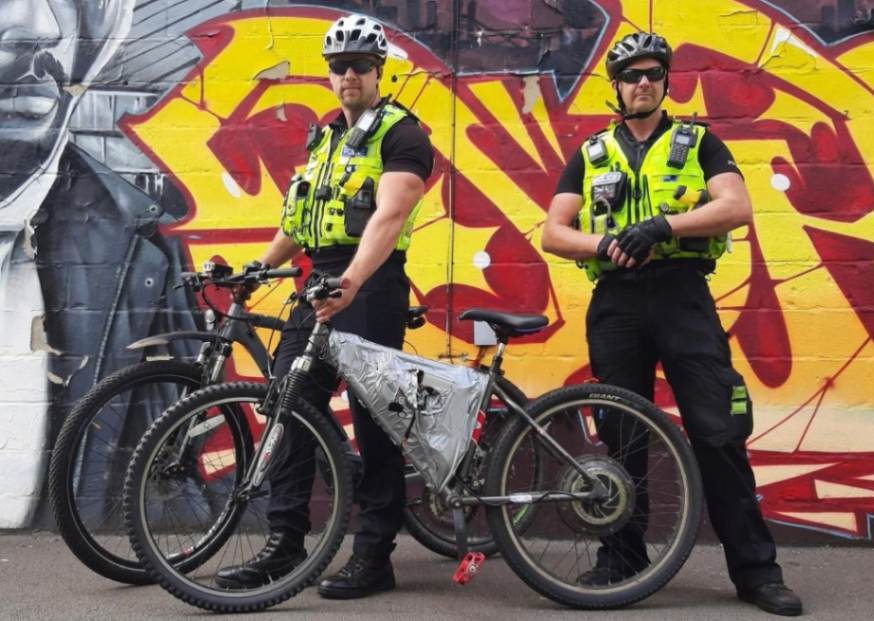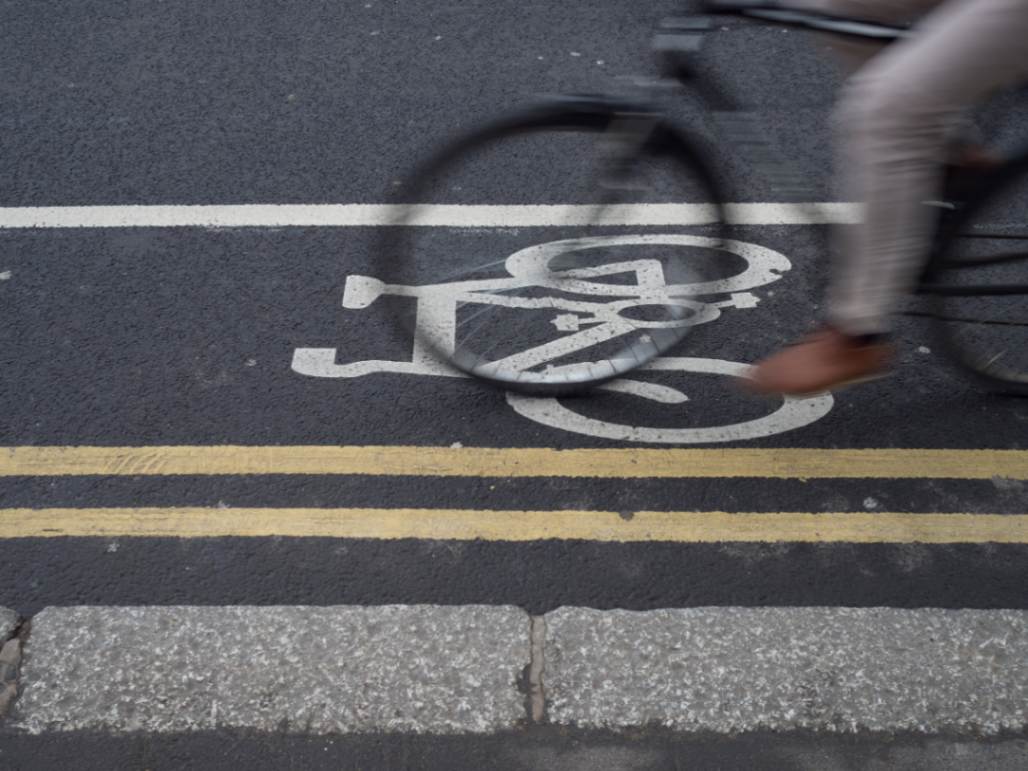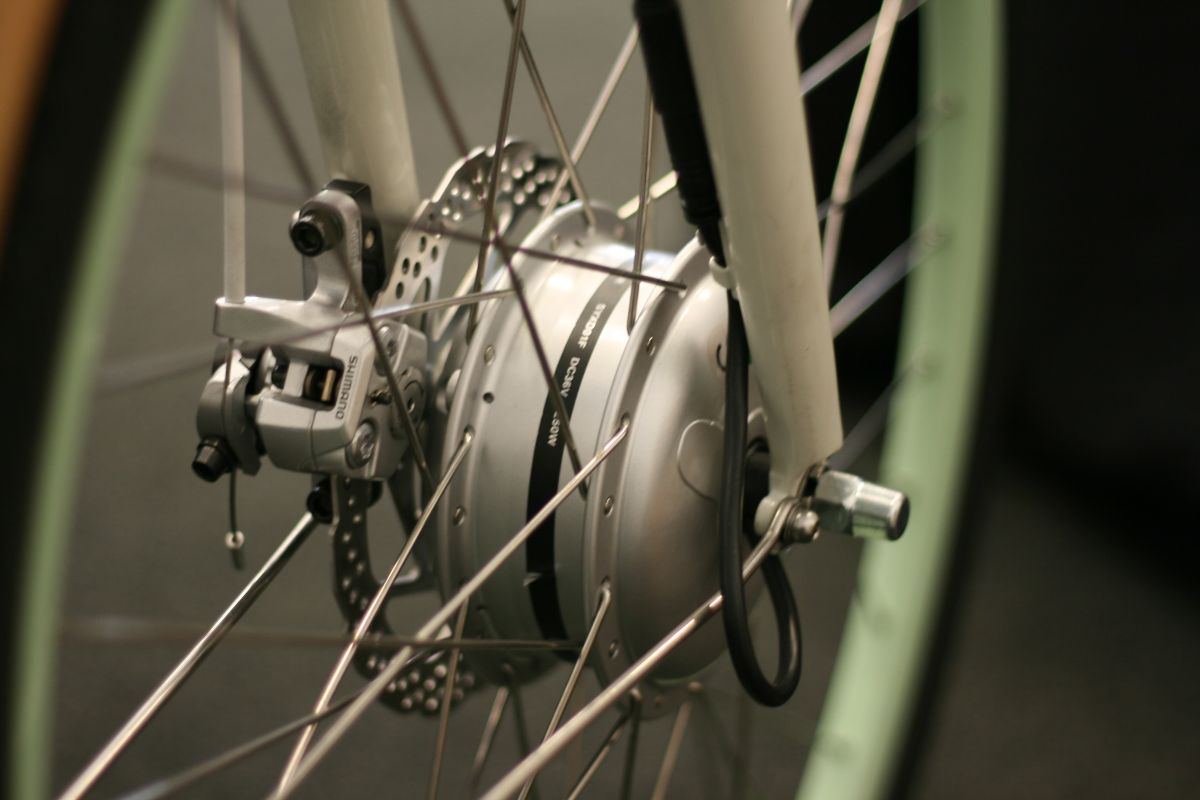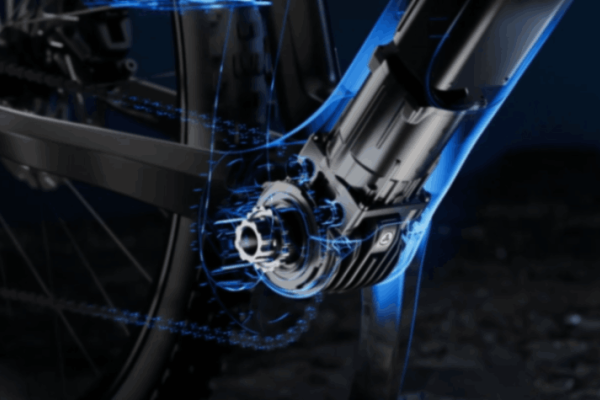Understanding e-bike regulations in the UK: your guide to legal compliance
In the vibrant world of cycling, there's a new player in town - the electric bike or e-bike. But what exactly is an electric bike, and what are the regulations governing its use in the UK? Let's delve into the details to ensure you ride legally and safely on the roads and trails of the United Kingdom.
Key takeaways
-
Only pedal-assist e-bikes are legal in the UK - no twist and go throttles - so you'll need to use the electric motor to assist your pedalling.
-
The maximum pedal-assisted speed limit is 15.5 miles per hour (25kph). You can go faster but the electric motor must cut out at this point, so you'll need to either use gravity on a downhill, or put some effort in.
-
The maximum continuous power output for an e-bike in the UK is 250 watts.
Table of contents
- Key takeaways
- What is an electric bike?
- UK electric bike laws and regulations
- Licensing and registration
- Electric bike safety and construction
- Electric bike offences and penalties
- Electric bike insurance
- Electric bike use on public paths and trails
- Electric bike age limits and restrictions
- Converting a bike to an electric bike
- Northern Ireland electric bike regulations
- Electric bike compliance and enforcement
- Electric bike maintenance and modification
- Frequently asked questions
- Summary
What is an electric bike?
A bicycle with a motorised boost, courtesy of a rechargeable battery. That's the essence of an electric bike, also known as an EAPC (electrically assisted pedal cycle). It's like having a gentle tailwind at your back, making pedaling a breeze. E-bikes come in various styles to suit different riding preferences - from sleek road e-bikes to robust electric mountain bikes and high-capacity cargo bikes.
To be street-legal in the UK, electric bicycles must meet specific criteria. The motor's power output should not exceed 250 watts, and the maximum speed assistance should cap at 25 kilometres per hour (15.5 mph), ensuring a harmonious blend of human effort and electric assistance.
UK electric bike laws and regulations
In the UK, electric bikes have their own set of rules to follow. From power limits to speed restrictions, understanding these regulations is key to enjoying your e-bike adventures without any legal hiccups. The law mandates that e-bikes must operate on pedal assist only (no twist and go throttles), with a maximum continuous power output of 250 watts and an assisted speed limit of 15.5 miles per hour (25kph). It's fine to ride above that speed, but you're on your own - the electrical assistance must cut out at higher speeds.
There are also rules about labelling. The bike must show somewhere the power output of the electric motor or the manufacturer. You should also be able to see either the battery's voltage or the maximum assisted speed of the bike.
It's worth noting that an EAPC (electrically assisted pedal cycle) doesn't have to be a bike - it doesn't have to have two wheels to be legally classed as one. Tricycles (three wheels) with power assistance are increasingly common. You can't currently have a four-wheeled vehicle classed as an EAPC, though.
Licensing and registration
Here's the good news - you don't need a driving licence to ride an electric bike in the UK, as long as it complies with the aforementioned regulations. Say goodbye to licence fees, vehicle excise duty and compulsory insurance (although insurance is a very good idea, especially as electric bicycles are expensive). However, if your e-bike doesn't meet the EAPC standards, it falls under the motor vehicle category, requiring registration, tax payments, insurance coverage and an appropriate driving licence.
Electric bike safety and construction
Safety is paramount on two wheels, and e-bikes are no exception. The Construction and Use Regulations outline the safety requirements for bicycles, ensuring they're road-worthy. From reliable brakes to illuminating lights, these regulations keep riders safe on their electric journeys. Most e-bikes sold in the UK adhere to the European standard EN15194, meeting stringent safety criteria.
There are a lot of electric bikes on sale that don't comply with UK law, so make sure you know what you're getting. It's definitely safest to stick to well-known established brand.
All of the Construction and Use regulations that apply to unassisted bicycles also apply to e-bikes, specifically The Pedal Cycles (Construction and Use) Regulations 1983. These are primarily concerned with brakes, of which there must be at least two, maintained in good working order. This is even more important on electric bikes, which are by their nature heavier than normal pedal bikes.
Electric bike offences and penalties
While e-bikes enjoy certain exemptions, riders can still face penalties for road traffic offences like speeding or careless driving. The inconsistency in enforcing these laws underscores the need for a comprehensive review to ensure a fair and safe riding environment for all cyclists.
Electric bike insurance
Pedal with peace of mind by securing cycle insurance for your e-bike, provided it meets the EAPC regulations. Any deviation from these standards could render your insurance invalid, highlighting the importance of compliance with legal requirements.
Electric bike use on public paths and trails
Zooming along public paths and trails on your e-bike is a joyous experience, especially if there are hills involved. Bikes that satisfy the EAPC requirements are allowed on cycle paths, bridleways and any other public paths open to regular bikes in the UK. Most mountain bike trail centres also allow e-bikes. However, be mindful of local regulations that may impose restrictions on e-bike usage in specific areas. Respect local rules to preserve harmony between e-bike enthusiasts and other path users.
Electric bike age limits and restrictions
In the UK, e-bike riders must be at least 14 years old to ride an electric bike on the road. Remember, safety and compliance go hand in hand, so ensure your e-bike aligns with EAPC regulations and refrain from pavement riding to stay on the right side of the law.
Converting a bike to an electric bike
For the DIY enthusiasts eyeing an e-bike conversion, tread cautiously. While conversion kits exist, opting for a pre-made e-bike that meets UK legal standards is often the safer and more straightforward choice.
If you have a favourite or familiar normal pedal bike that you'd like to equip with a pedal assist motor, ensure that you choose a kit with a maximum continuous rated power of no more than 250W, assistance that cuts out at a speed of 25kph (15.5mph) and no "twist and go" throttle. If you add any of those then your bike will no longer be in the electrically assisted pedal cycles category and will instead be lumped in with electric motorbikes and electric mopeds. At that point your bike would need to be type approved as a road vehicle, you'd have to have it registered, pay vehicle excise duty and have appropriate insurance. Unless you only ever rode it on private land, but that's unlikely to help you get to the shops.
Read our guide to electric bike conversions for more details.
Northern Ireland electric bike regulations
Crossing the Irish Sea to Northern Ireland, e-bike regulations remain consistent with the rest of the UK. The Electrically Assisted Pedal Cycles (Construction and Use) Regulations (Northern Ireland) 2020 modernized existing laws, reflecting the evolving landscape of electric biking.
Electric bike compliance and enforcement
Enforcing e-bike regulations falls under the jurisdiction of the UK government, with local authorities playing a supportive role. Compliance ensures a level playing field for all riders and promotes safe e-bike practices across the country.
Across the UK nearly a thousand illegally-converted e-bikes were siezed by police in the first half of 2024 - stick to the current regulations and make sure your bike stays with you!
Electric bike maintenance and modification
While there's no legal requirement for electrically assisted pedal cycles to have an annual MOT check like motor vehicles, regular maintenance is the key to a long and safe e-bike journey. Ensure your electric steed receives proper care to remain road-worthy. If modifications are on the agenda, enlist the expertise of qualified professionals to safeguard the legality and safety of your e-bike.
In the tapestry of cycling regulations, understanding e-bike laws in the UK is vital for a smooth and legal riding experience.
Frequently asked questions
I've fitted a 1000W motor to my bike, is it legal?
Short answer: No. Longer answer: If that's the continuous maximum power output, definitely no. However, peak power output can be higher than 250W, so if your motor can deliver 1000W very briefly but then settles to 250W, it could still comply with the regulations.
Do I have to wear a crash helmet?
There's no UK law that says you have to wear a helmet riding a bicycle, and an EAPC is a bicycle under the law, so no. It's clearly a good idea and we'd definitely recommend it!
Summary
Riding an electric bike legally in the UK is not just about adhering to regulations; it's about ensuring safety, enjoying peace of mind, and contributing to a harmonious cycling environment. By following the e-bike laws, you protect yourself and others, fostering a community of responsible and conscientious riders.
Embrace the freedom and joy that comes with riding your e-bike, knowing you're doing so within the legal framework. Whether you're commuting to work, exploring scenic trails, or simply enjoying a leisurely ride, let your commitment to legality be a testament to your dedication to responsible cycling.
Let's ride into a future where e-bikes are a celebrated part of our sustainable transport landscape. Pedal forward with confidence, knowing that your adherence to the law paves the way for a brighter, greener tomorrow.
Related content
Read more great content from ebike.help and become an electric bike expert today.







